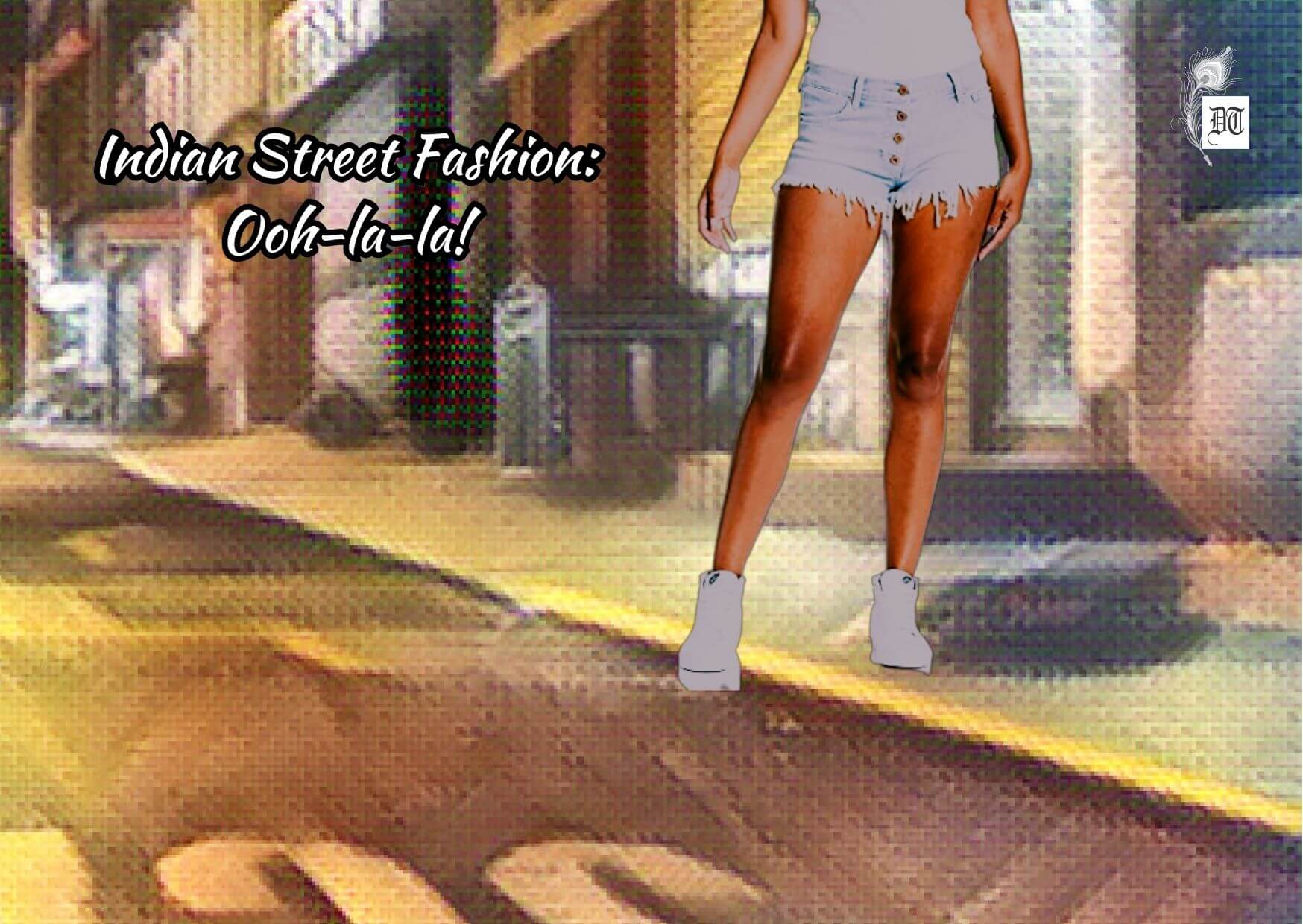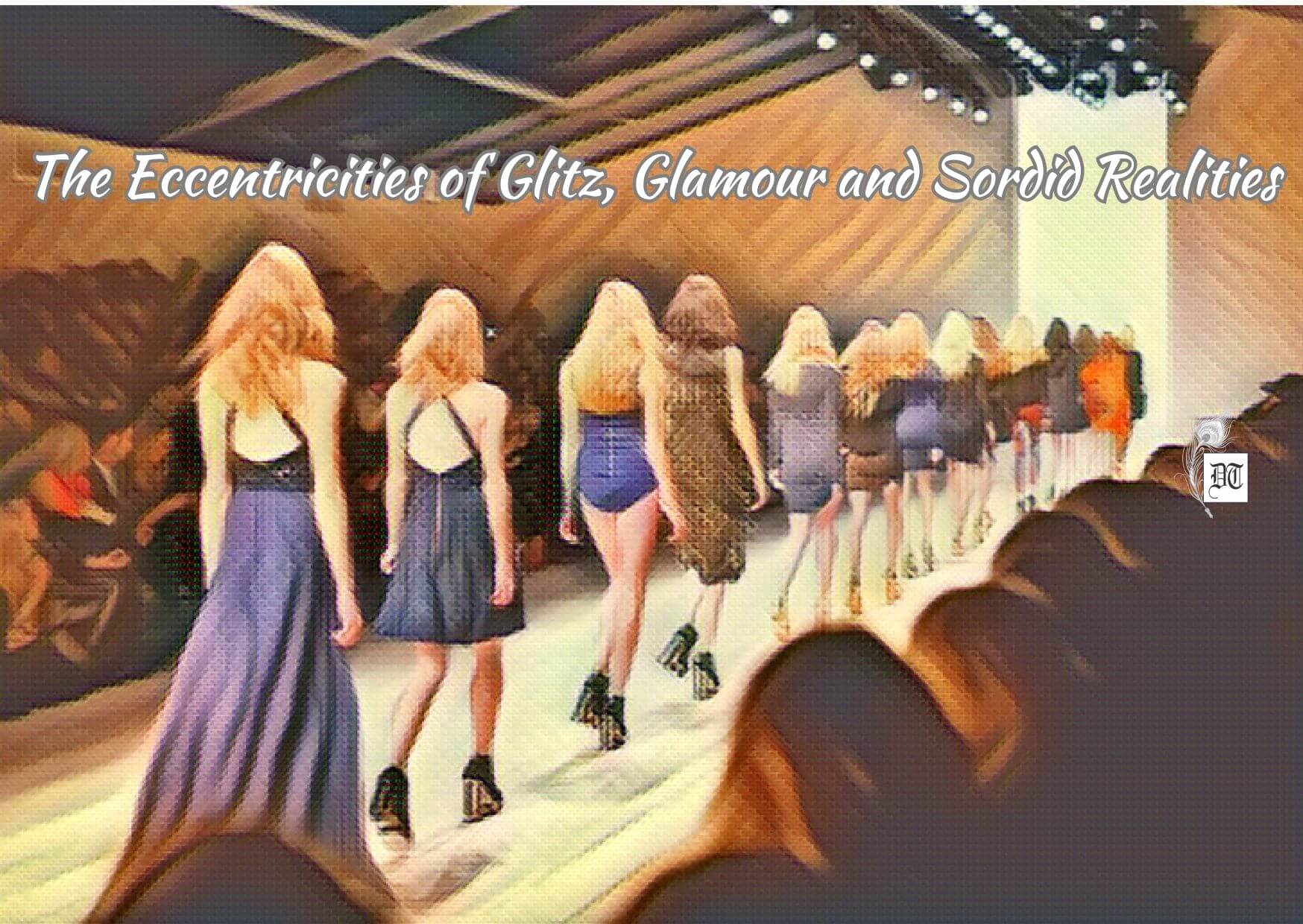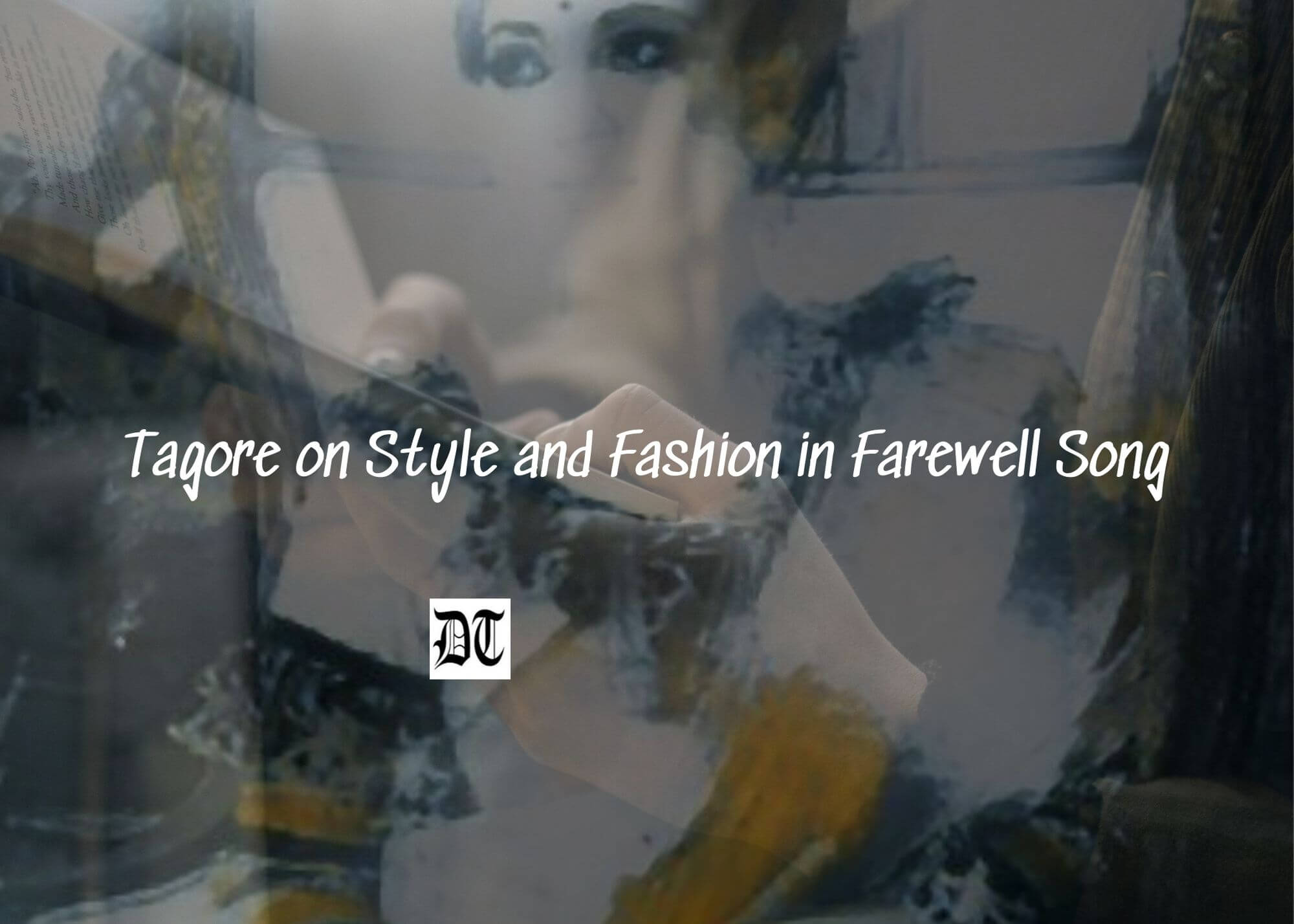In the second part, Shameena tells us the development of the turban or Pugree, in the Sunga period, Gupta period, Islamic era and the Sikh intervention in India. Read more in the weekly column, exclusively for Different Truths.
Last week we read about the origin of pugree. This week we read about its development in various eras of Indian history, from the Sunga Period to the Sikh intervention.
Sunga Period
In the Sunga period (185 – 75 BC) one finds a great emphasis on the male head-dress ca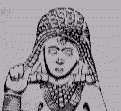 lled Mauli where the hair itself was often twisted into a braid along with the turban cloth. This twisted braid was then arranged to form a protuberance at the front or the side of the head but never at the centre top, as only priests could use this style. Over the turban, a band was sometimes used to hold it in place. In addition, decorative elements like a jewelled brooch or a jhalar (fringe) could be attached to the turban or one endfolded in pleats and tucked in like a fan.
lled Mauli where the hair itself was often twisted into a braid along with the turban cloth. This twisted braid was then arranged to form a protuberance at the front or the side of the head but never at the centre top, as only priests could use this style. Over the turban, a band was sometimes used to hold it in place. In addition, decorative elements like a jewelled brooch or a jhalar (fringe) could be attached to the turban or one endfolded in pleats and tucked in like a fan.
In this period, the females wore a kind of head cover called Uttariya, which had a beautiful folded look and tied crosswise 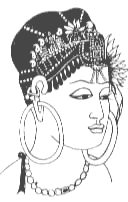 but straight unlike the male head-gear which was vertical or sideways. This Uttariya could be worn having at the back. It is interesting to note that beneath the Uttariya skull cap was worn to keep the headdress firm in its place.
but straight unlike the male head-gear which was vertical or sideways. This Uttariya could be worn having at the back. It is interesting to note that beneath the Uttariya skull cap was worn to keep the headdress firm in its place.
Apart from these, it is gathered from archaeological sources that different strata of society donned different kinds of head-dresses. For example, the archer of Taxila used to wrap his head with a thin strip of cloth. The attendant of the archer covered his head with ample piece of cloth which resembled the contemporary head-dresses of an artisan or peasants.
Gupta Period
In the Gupta period, only royal entourage and high officials, like the chamberlain, ministers, military 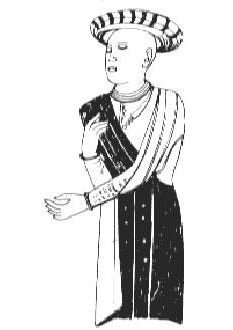 officers and civic officials wore turbans. It had become a distinctive symbol of their respective ranks. It could be of fine muslin tied over a large knot of hair at the centre of the forehead or a striped turban worn flat and twisted giving a rope like an effect to the cloth when wound. The ministers were often Brahmins with their hair shorn keeping only the ritual top knot.
officers and civic officials wore turbans. It had become a distinctive symbol of their respective ranks. It could be of fine muslin tied over a large knot of hair at the centre of the forehead or a striped turban worn flat and twisted giving a rope like an effect to the cloth when wound. The ministers were often Brahmins with their hair shorn keeping only the ritual top knot.
Islamic Era (12th to 17th Century):
The Islamic era brought about several changes in the head-dress in India. Muslims brought their own form of the turban, which was stylised after Persian/Arabian culture. According to Jamila Brij Bhushan in the Muslim period, ‘The caps worn were of many shapes pointed with a boss at the tip, conical with broad, upturned brim, triangular or pointed. Sometimes it was down-shape with seems visible in the middle’. Akbar gave immense importance to the turban. It is said that he even changed his turban style from Mughlai to the Hindustani, which encouraged a lot of Hindus to wear turbans.
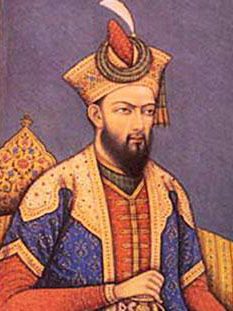 The turban of the Mughal emperor had gold cloth, had an aigrette (sic) whose base was composed of diamonds of an extraordinary size and value, besides an oriental topaz which may be pronounced unparalleled exhibiting lusture like Sun. For commoners, a Pugree was known as ‘Kaj Kulah’ (one who wears his cap awry).
The turban of the Mughal emperor had gold cloth, had an aigrette (sic) whose base was composed of diamonds of an extraordinary size and value, besides an oriental topaz which may be pronounced unparalleled exhibiting lusture like Sun. For commoners, a Pugree was known as ‘Kaj Kulah’ (one who wears his cap awry).
In the 17th century one Kashmiri Hindu courtesan obtained from the king the grant of a turban one hundred yards long for his son’s marriage. Perhaps from this time, Kashmiri Hindus started sporting long turbans with pride on such occasions. This practice was later passed on to Rajasthan and Punjab where also long turbans were worn especially during festive occasions.
However, later on, Aurangzeb (17th century) tried to suppress the custom of wearing of turban by non-Muslim population. His logic was that only the ruling class (Muslims) had the privilege of wearing the turban as a mark of social superiority and authority and since non-Muslims (mainly Hindus) were ruled class, they were to be considered socially inferior and, therefore, they could not wear turbans. Thus, the Hindus submitted to the above diktat of the Muslim rulers and discarded their own sacred heritage and honour of wearing turbans.
The Sikh Intervention:
In spite of such a ban the Sikhs in particular and strong-minded Hindus like Rajputs, Jats and Marathas refused to accept the authority of the Muslim rulers and they fought with great valour to maintain the glorious heritage, pride, and honour of India i.e. Turban/Pugree. Particularly the Sikhs in Punjab – who mostly came from the Hindu families – had to bear untold and most inhuman atrocities to save the heritage and honour of the Hindu religion and the custom of wearing turban /Pugree.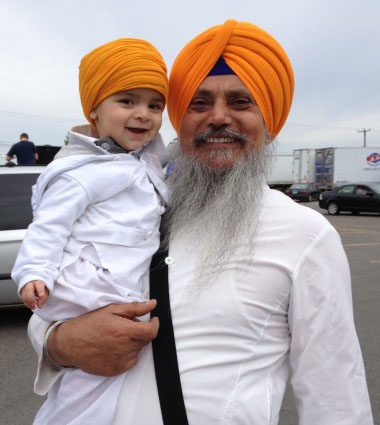
In this process – the ninth guru of the Sikhs – Guru Tegh Bahadur Ji sacrificed his life in Delhi to save the “Tilak” and “Janjhu”– the hallmarks of the Hindu religion. It was a unique martyrdom of Shri Guru Tegh Bahadur, who laid down his life for saving the religion of others i.e. Hindu Kashmiri Pandits inspite-17-of the fact that the first Prophet of Sikhs – Guru Nanak Dev Ji – had forbidden the Sikhs to wear ‘Tilak’ and ‘Janjhu’.
Guru Gobind Singhji, gave a fresh definition to Pugree as he augmented the visionary concept of ‘Khalsa’ which was to fight against the Muslim on slaughter and re-establish the lost pride. The head-dress remains the symbol of pride and the regality of its nature and the pride of the battlefield. With the passage of time the concept went beyond the ‘martial’ race called Khalsa and became a vibrant cultural symbol of Sikh, which has spread all over the world today.
(To be continued)
©Shameena Abdurahiman
Photos from the Internet, sourced from the author
#Pugree #Headgear #UnstrichedClothing #Turban #HistoryOfPugree #CulturesAndPugree #DifferentTypesOfPugree #StylesAndCulture #FashionFunda #DifferentTruths

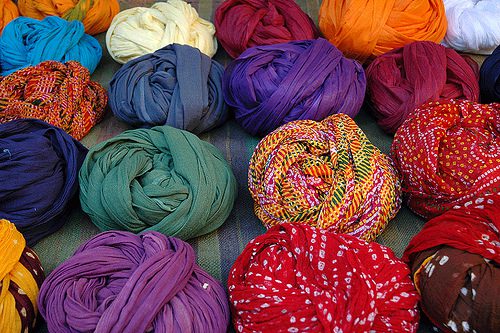
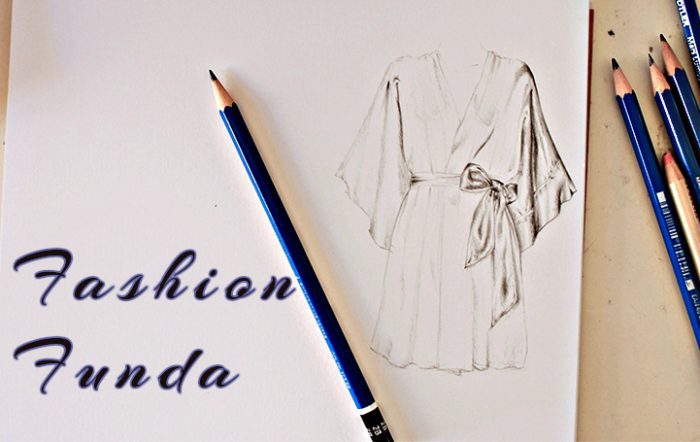


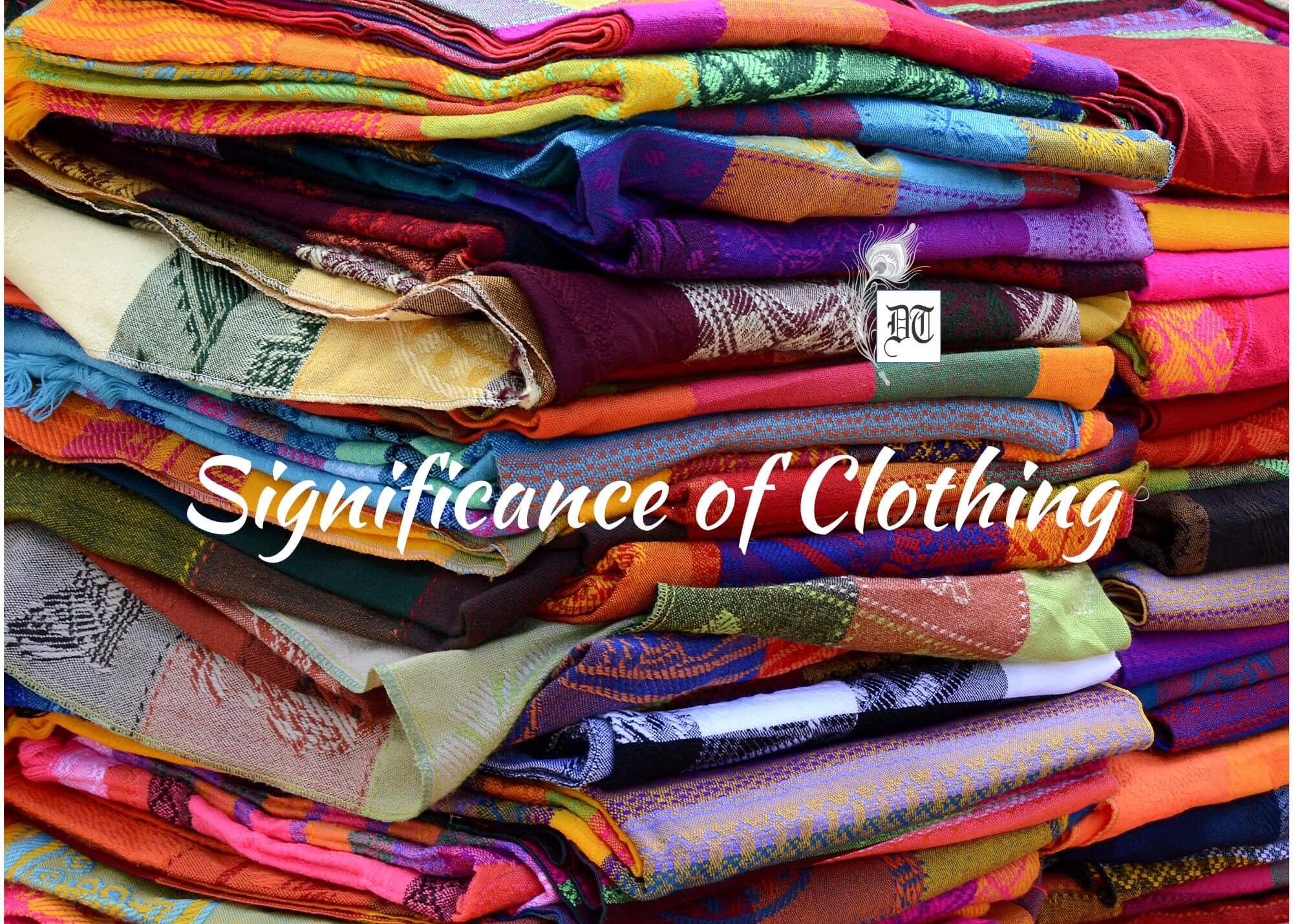
 By
By